Diwali Commemorating Lord Krishna? Yes, in Assam
Particularly in Assam and several Northeastern states, the observance of Naraka Chaturdashi, or Choti Diwali as it is more commonly known elsewhere, unfolds a day before the main Diwali festivities.
Introduction: The Many Facets of Diwali
Diwali, the festival of lights, is celebrated with immense joy and grandeur worldwide, predominantly commemorating Lord Rama's victorious return to Ayodhya after vanquishing Ravana. This tale, deeply embedded in the cultural psyche, epitomizes the eternal struggle and eventual triumph of good over evil.
In India's diverse cultural landscape, Diwali manifests in various hues and significances across different regions. Particularly in Assam and several Northeastern states, the observance of Naraka Chaturdashi, or Choti Diwali as it is more commonly known elsewhere, unfolds a day before the main Diwali festivities. This day is deeply intertwined with the narrative of Lord Krishna's defeat of the demon Narakasura. Steeped in the symbolism of good triumphing over evil and light dispelling darkness, Naraka Chaturdashi is celebrated with rituals like early morning religious baths, believed to purify the soul, commemorating the day Narakasura was vanquished. This reflects the rich tapestry of regional traditions and mythological narratives within the broader Diwali celebration.
Interestingly, Naraka Chaturdashi is also an integral part of Diwali celebrations in South India. While it typically coincides with Choti Diwali, last year, due to variations in the lunar calendar, it fell on the main day of Diwali itself. This unique alignment underscores the fluidity and adaptability of cultural practices in response to celestial rhythms, further enriching the diverse fabric of Diwali celebrations across India.
Background: The Lineage of Narakasura
Narakasura, known as Bhaumasura in some texts, was born to Bhudevi, the earth goddess, and Varaha, an avatar of Lord Vishnu. Despite his noble origins, Narakasura's reign in Pragjyotishapura (present-day Assam) was marked by tyranny and cruelty. Prophesied to be slain only by later incarnation of those who gave him birth, Narakasura's actions set the stage for a divine intervention.
The Tyranny of Narakasura
Narakasura's rule was a dark period marked by his conquest of the three realms - heaven, earth, and the underworld. His most egregious act, the capture and imprisonment of 16,000 daughters of gods, sages, and kings, epitomized his disregard for dharma and the dignity of women.
Divine Intervention: Lord Krishna Steps In
Lord Krishna, the eighth avatar of Lord Vishnu, accompanied by his wife Satyabhama (an incarnation of Bhudevi), took it upon himself to end Narakasura's reign. The battle in Pragjyotishapura was fierce, with Narakasura wielding mighty weapons and magic. Despite this, Krishna's divine prowess was evident as he countered each attack.
The Climactic Battle and Narakasura's Fall
In the climactic moments of the battle, Narakasura, in a desperate attempt to overpower Lord Krishna, struck him with a trident, leading Krishna to feign unconsciousness. This act was rooted in a divine strategy, acknowledging a boon that Narakasura could only be vanquished by his own mother. Incensed by the attack on Krishna, Satyabhama, representing Bhudevi and thus Narakasura's mother in another form, launched a furious assault. Meanwhile, Krishna, seizing the opportune moment, deployed his Sudarshana Chakra, a fearsome celestial weapon.
In a decisive action that symbolized the joint might of both his parents' later avatars, Krishna and Satyabhama brought an end to Narakasura’s reign of terror. This pivotal act by Krishna and Satyabhama not only culminated in the death of the tyrant but also restored the cosmic order, symbolizing the united force of justice and maternal wrath against evil.
Aftermath: ‘Mukti’ and Joyful Remembrance
In his final moments, Narakasura sought redemption by requesting that his death be commemorated with joy. Lord Krishna granted this boon, leading to the tradition of celebrating Diwali eve with lights, symbolizing the triumph of good over evil, and the forgiveness of a remorsefully repentant sinner. Additionally, Lord Krishna's act of marrying the freed women restored their dignity, underscoring the respect for women in Hinduism.
The Significance of the Tale
The story of Krishna and Narakasura, celebrated during Diwali in Eastern India, especially in Assam, offers profound moral and spiritual lessons. It highlights the eternal victory of good over evil, the importance of adhering to dharma, and the belief in divine justice. Moreover, it emphasizes respect and dignity for women, resonating with powerful contemporary themes of equality and justice.
Summing Up: Diwali's Universal Message
This Diwali holds exceptional significance, marking the first time in over half a millennium that the people of Ayodhya—and devotees around the world—celebrate with Ram Lala restored to his rightful abode in the grand Ram Janmabhoomi Temple, following the sacred pran pratishtha. As we light our Diwali lamps, let us pause to reflect on the myriad narratives that enrich this festival: from the joyous return of Lord Rama to Ayodhya, to Lord Krishna's triumph over Narakasura. Each story offers its own message of hope, righteousness, and the enduring triumph of light over darkness. Diwali thus transcends its origins, becoming a universal celebration of peace, prosperity, and unity in a world often divided. It is a festival that brightens not only our homes but also our hearts, fostering a spirit of harmony and togetherness across cultures and communities worldwide.
Happy Diwali!
Disclaimer
There are multiple versions of the Narakasura story, but the one narrated above is widely accepted and revered in Assam.
=======================================================================
Epilogue: A Deeper Perspective on the Krishna-Narakasura Saga
In concluding this exploration of the Krishna-Narakasura narrative, it's insightful to delve into a perspective shared by a respected friend and colleague, who also told me about the Harihara War1. This perspective unveils a dimension of the tale that intertwines with the ancient socio-religious dynamics of the Indian subcontinent.
The conflict, as narrated in the story of Krishna and Narakasura, can be seen as a reflection of the longstanding interactions between Aryan and indigenous traditions. In this interpretation, Narakasura and asuras, his followers, associated with Lord Shiva – an indigenous deity, represent the local or non-Aryan entities. On the other side, Indra and Vishnu, revered in Aryan tradition, symbolize the incoming cultural influences.
This viewpoint suggests a grand political narrative, where Indra, the king of gods, astutely forges an alliance with the Trimurti - Brahma, Vishnu, and Mahesh (Shiva). Brahma, emerging from Central India, is also seen as an indigenous deity, thereby indicating a complex intermingling of local and Aryan traditions2.
The culmination of this saga, with Lord Krishna, an avatar of Vishnu, aligning with Satyabhama, representing Bhudevi (a form of Shakti associated with Shiva), can be interpreted as a symbolic unification of these diverse traditions. It reflects not just a mythical victory of good over evil but also a subtle amalgamation of different cultural and religious streams.
This perspective, while less known, adds a rich layer of understanding to the Diwali narrative, especially in the context of Assam and the Northeast. It highlights how ancient myths and legends can often be reflective of deeper socio-political and cultural amalgamations and transitions.
In embracing this broader understanding, we acknowledge and respect the intricate tapestry of beliefs and traditions that shape our collective histories. This epilogue, therefore, not only concludes the story of a divine battle but also opens a window into the grand narrative of cultural synthesis and harmony that has been a hallmark of Indian civilization.
The Harihara War: Lord Vishnu vs. Lord Shiva
The Harihara War— an introduction In Hindu tradition, Lord Krishna and Lord Shiva stand as colossal figures, each commanding immense devotion. Yet, not many know of the Harihara War, where these revered deities were pitted against each other in battle. This article…
Lord Rama and Lord Krishna: The Two Divine Architects of "Akhand Bharat"
Introduction India, with its rich tapestry of age-old traditions, myriad cultures, and profound spiritual underpinnings, has perennially captivated the imagination of scholars, historians, and religious philosophers alike. At the heart of this enthralling complexity lies an enduring question: how does this…

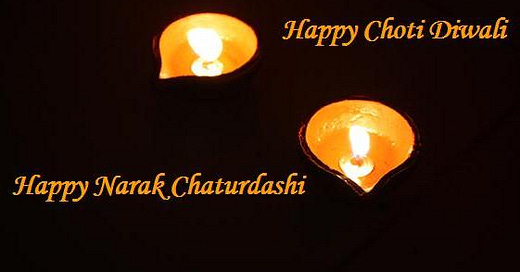



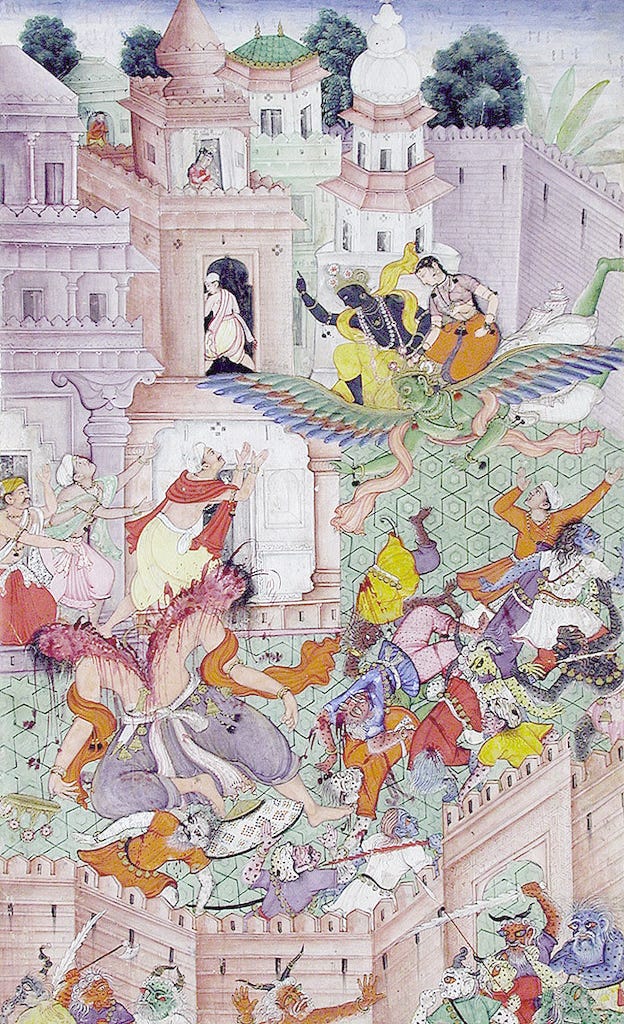
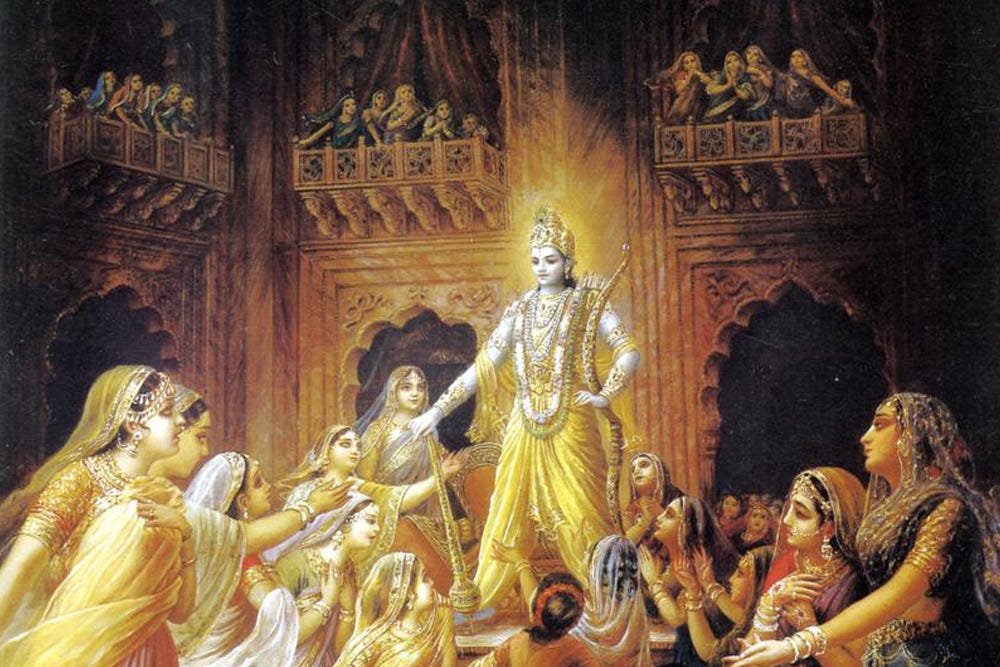

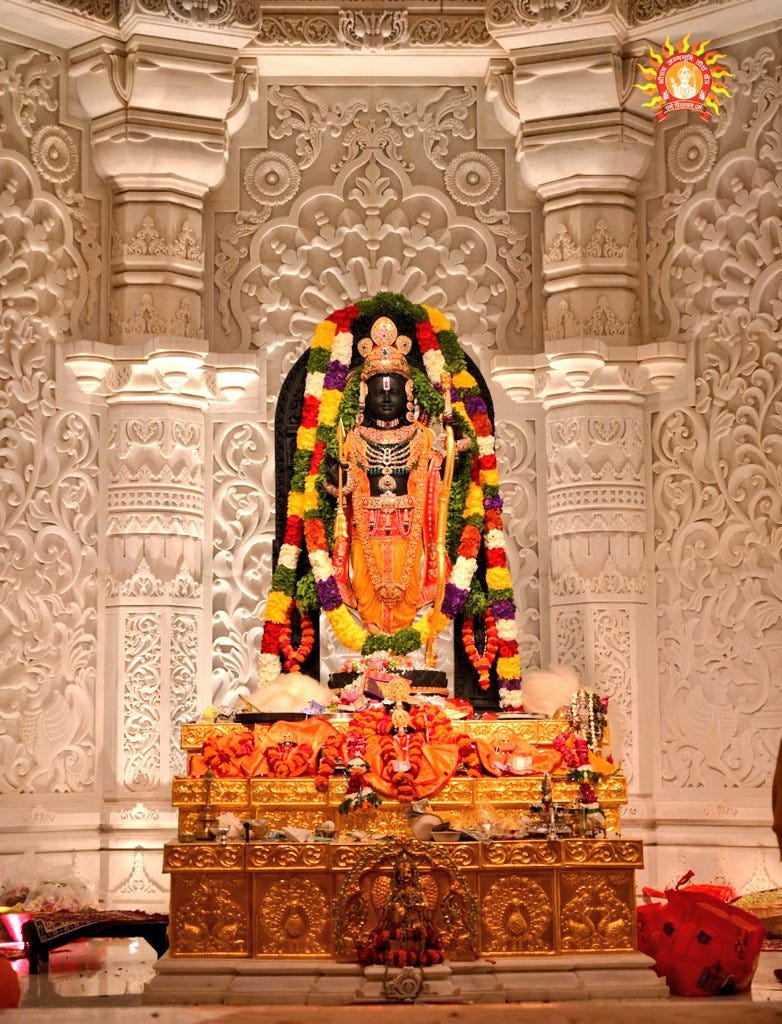
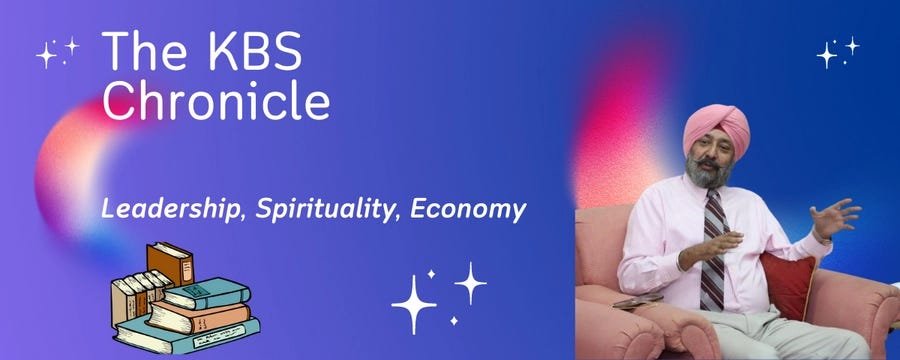
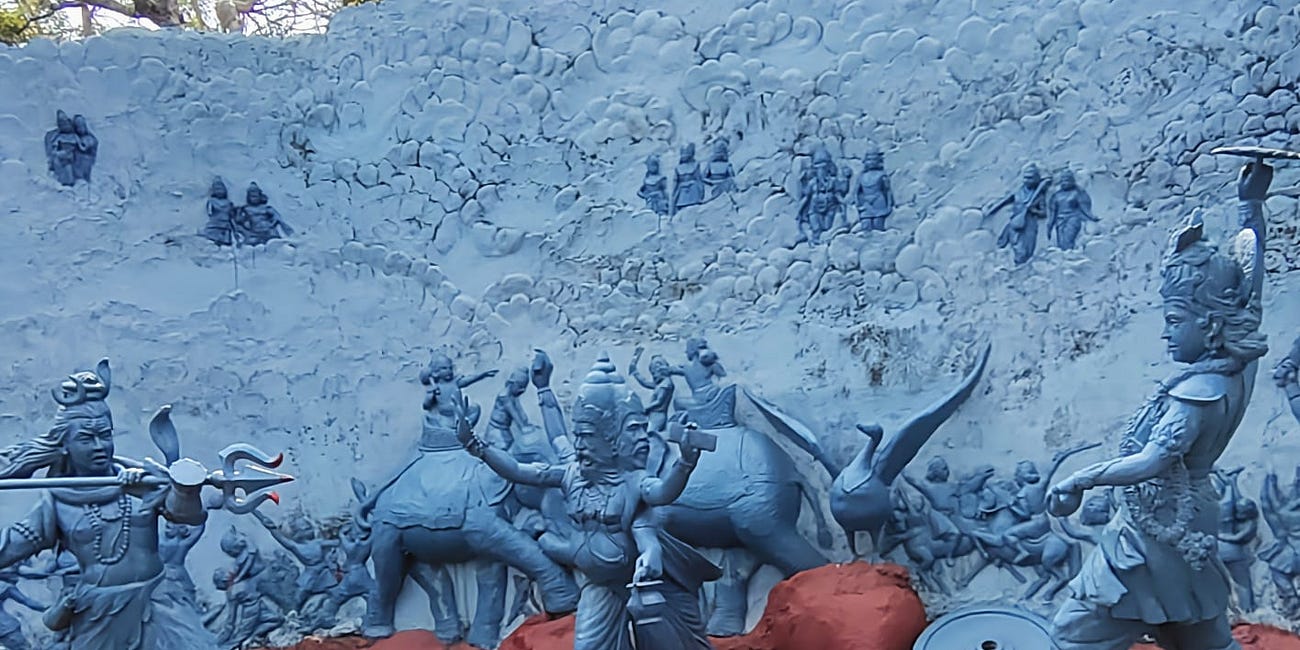
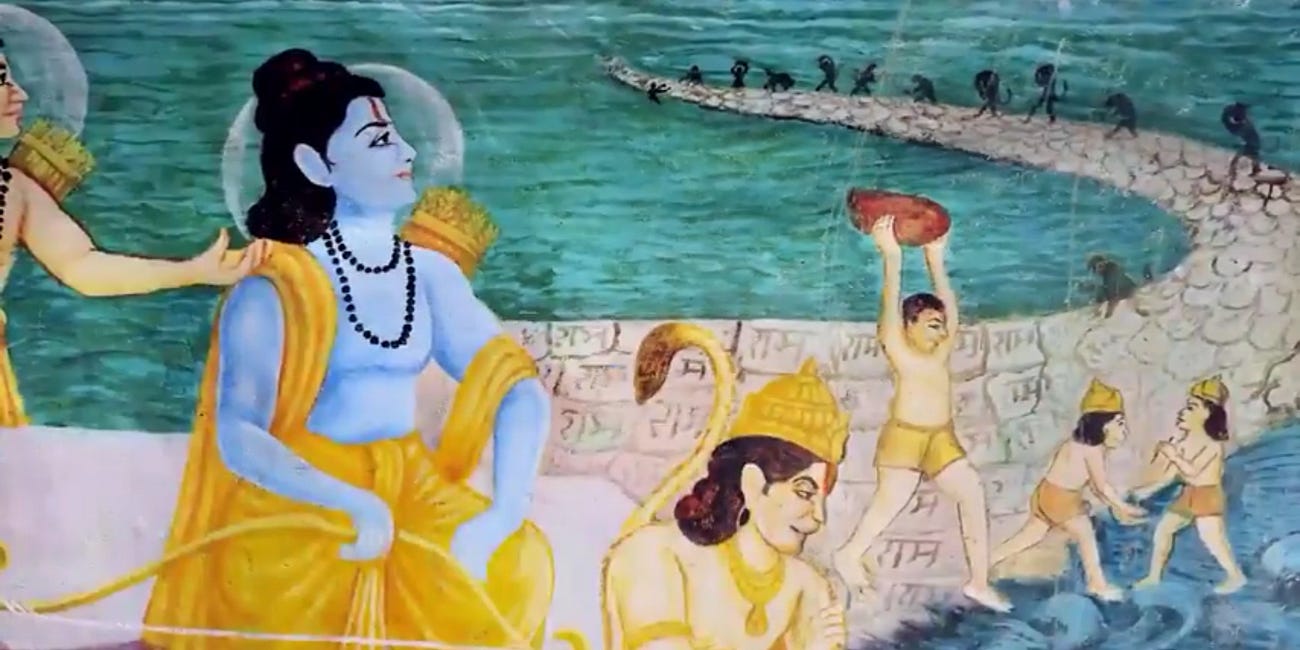
…… in recent times, the beliefs and traditions of our collective histories of various cultures emerged in India, have come under great attack. We hope our grand narrative of cultural synthesis and harmony, known worldwide to be a hallmark of Indian civilization, may continue to flourish in next decades too…..
Thank you so much Sir, for beautifully articulating the legend.